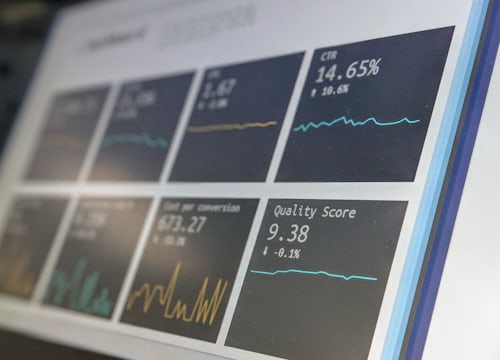|
Become a member

The Capital Asset Pricing Model (CAPM) provides answers to further questions: How must the market remunerate the part of the risk that cannot be eliminated? Which risks do market participants choose? And how does this affect asset prices?
To illustrate the CAPM, capital market theory assumes the existence of a so-called risk-free interest rate in Exness mt4: At this rate, every participant in the so-called perfect capital market can borrow money and, conversely, invest money. In addition, the model assumes that all market participants have the same return expectations for each individual security tradable on the market.
The capital market line: the risky part of the portfolio is the same for all market participants
The CAPM assumes that market participants take their individual risk preference into account exclusively by dividing the portfolio into a risky and a risk-free part. While the division is made individually by each investor, the risky part of the portfolio is the same in its composition for all market participants: this is the so-called "market portfolio".
The market portfolio is a theoretical construct. It contains all risky assets existing on the market. Theoretically, it should contain all globally traded securities as well as all land and real estate, raw materials, rights of use, works of art, antiques, etc. The market portfolio is also the most important asset class. The share of each asset in the market portfolio also results from this ultimate composition: It results from the total value of all existing units of the item in relation to the cumulative total value of all items in the portfolio.

The market determines the risk premium
The thesis according to which the composition of the risky portfolio share is identical for all market participants is called Tobin Separation. The term goes back to the US economist James Tobin, who died in 2002 and is known among other things for his idea of a worldwide tax on foreign exchange market transactions (Tobin Tax). Tobin Separation states that investors take their individual preferences into account merely by dividing their investment assets differently into risky and risk-free investments.
In this context, the so-called capital market line is of crucial importance. Graphically, it is a straight line with a tangent point with the efficiency curve of the (risky) market portfolio. The capital market line specifies the market price for risk accepted by all market participants. The market price for risk is a higher expected return. To calculate it, first determine the difference between the expected return for the market portfolio and the risk-free interest rate. This difference must then be divided by the standard deviation of the market portfolio.
The market price for risk:
(expected return of the market portfolio - risk-free interest rate)= MP.
If the number of units of risk assumed is increased or decreased by one unit, this results in a change in the expected return by MP/standard deviation of the market portfolio.
From these correlations, the CAPM also derives statements about the prices of individual assets in the market portfolio, whereby a market equilibrium is always assumed in theory. Only in market equilibrium can the market portfolio generate a price for risk that is accepted by all market participants. The model assumes that only systematic risks are remunerated with a risk premium, since unsystematic risks can be eliminated through diversification.
According to the CAPM, the risk premium for an individual security results from the market price for risk multiplied by the size of the risk assumed by its inclusion in the portfolio. This risk is also called the beta factor. It is calculated by dividing the covariance between the security under consideration and the market portfolio by the variance of the market portfolio.
|